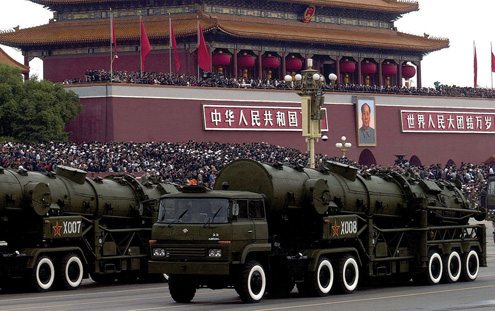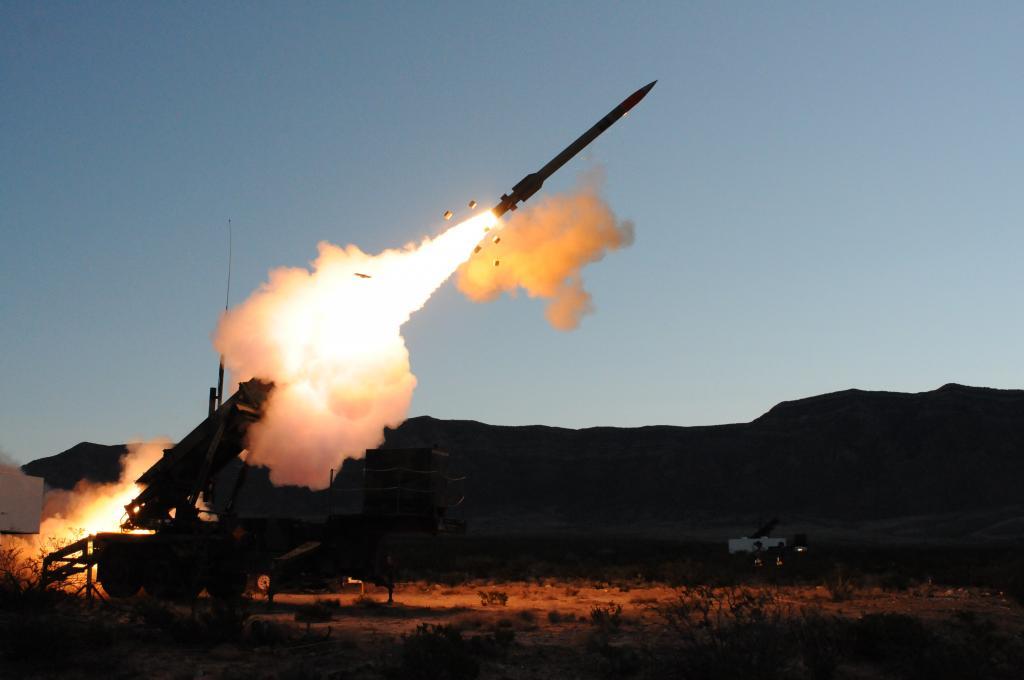China has recently tested a new type of guided missile in a northeastern sea near the Korean peninsula, the defence ministry said Tuesday, hours after South Korean elections held amid regional tensions.
The test in the Bohai Sea was conducted to “raise the operational capability of the armed forces and effectively respond to threats to national security,” the ministry said in a brief statement.
The statement did not say when the launch took place, only that it happened “recently”.
It did not give any details about the missile nor the type of platform from which it was launched.
The announcement came as South Koreans elected left-leaning former human rights lawyer Moon Jae-In in a presidential election held after a scandal led to the impeachment of the country’s previous leader.
The test also came as China, the United States and the Koreas are locked in a complex diplomatic spat over Pyongyang’s missile launches and potential new nuclear tests.
The US military has installed an anti-missile defence system in South Korea to deter the North, but China sees the deployment as a threat to the regional security balance and its own ballistic missile capabilities.
Washington and Seoul agreed to the Terminal High Altitude Area Defense (THAAD) battery deployment in July in the wake of North Korean missile tests.
Last week, US Forces Korea said THAAD was now operational, with the ability to intercept North Korean missiles, prompting Beijing to demand the immediate suspension of the system’s deployment.
A US defence official said, however, that the system had only “reached initial intercept capability”.
This initial capability will be augmented later this year as additional hardware and components arrive to complete the system, officials said.
The THAAD system, which is being installed on a former golf course in the southern county of Seongju, is designed to intercept and destroy short- and medium-range ballistic missiles during their final phase of flight.
Beijing has imposed a host of measures seen as economic retaliation against the South for the THAAD deployment, including a ban on tour groups.
Wayward neighbor
At the same time, China has come under pressure from US President Donald Trump to lean on North Korea in order to rein in its nuclear ambitions.
Beijing and Pyongyang have a relationship forged in the blood of the Korean War, and the Asian giant remains its wayward neighbour’s main provider of aid and trade.
But ties have begun to fray in recent years, with China increasingly exasperated by the North’s nuclear antics and fearful of a regional crisis. North Korean leader Kim Jong-Un has yet to visit Beijing, more than five years after taking power.
In February, Beijing announced the suspension of coal imports from the North for the rest of the year, a crucial foreign currency earner for the authorities.
Last Thursday, Pyongyang’s Korean Central News Agency (KCNA) issued a rare and stinging denunciation of Beijing.
“China had better ponder over the grave consequences to be entailed by its reckless act of chopping down the pillar of the DPRK-China relations,” KCNA said in a commentary.











